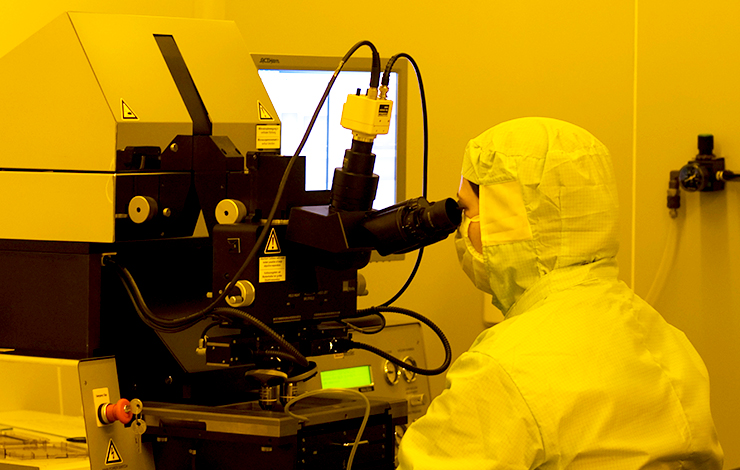


An integrated approach for assessing the bioreceptivity of glazed tiles to phototrophic microorganisms
| Title | An integrated approach for assessing the bioreceptivity of glazed tiles to phototrophic microorganisms |
| Publication Type | Journal Article |
| Year of Publication | 2016 |
| Authors | b c Coutinho ML a, Miller AZ d, Rogerio-Candelera MA d, Mirão J e, Cerqueira Alves L f, Veiga JP g, Águas H g, Pereira S h, Lyubchyk A g, c Macedo MF b |
| Journal | Biofouling |
| Volume | 32 |
| Pagination | 243-259 |
| ISSN | 08927014 |
| Abstract | A laboratory-based methodology was designed to assess the bioreceptivity of glazed tiles. The experimental set-up consisted of multiple steps: manufacturing of pristine and artificially aged glazed tiles, enrichment of phototrophic microorganisms, inoculation of phototrophs on glazed tiles, incubation under optimal conditions and quantification of biomass. In addition, tile intrinsic properties were assessed to determine which material properties contributed to tile bioreceptivity. Biofilm growth and biomass were appraised by digital image analysis, colorimetry and chlorophyll a analysis. SEM, micro-Raman and micro-particle induced X-ray emission analyses were carried out to investigate the biodeteriorating potential of phototrophic microorganisms on the glazed tiles. This practical and multidisciplinary approach showed that the accelerated colonization conditions allowed different types of tile bioreceptivity to be distinguished and to be related to precise characteristics of the material. Aged tiles showed higher bioreceptivity than pristine tiles due to their higher capillarity and permeability. Moreover, biophysical deterioration caused by chasmoendolithic growth was observed on colonized tile surfaces. © 2016 Taylor & Francis. |
| URL | https://www.scopus.com/inward/record.uri?eid=2-s2.0-84959365391&doi=10.1080%2f08927014.2015.1135242&partnerID=40&md5=6cb1aaca8ef0f2e5e0dfb791b568906c |
| DOI | 10.1080/08927014.2015.1135242 |








